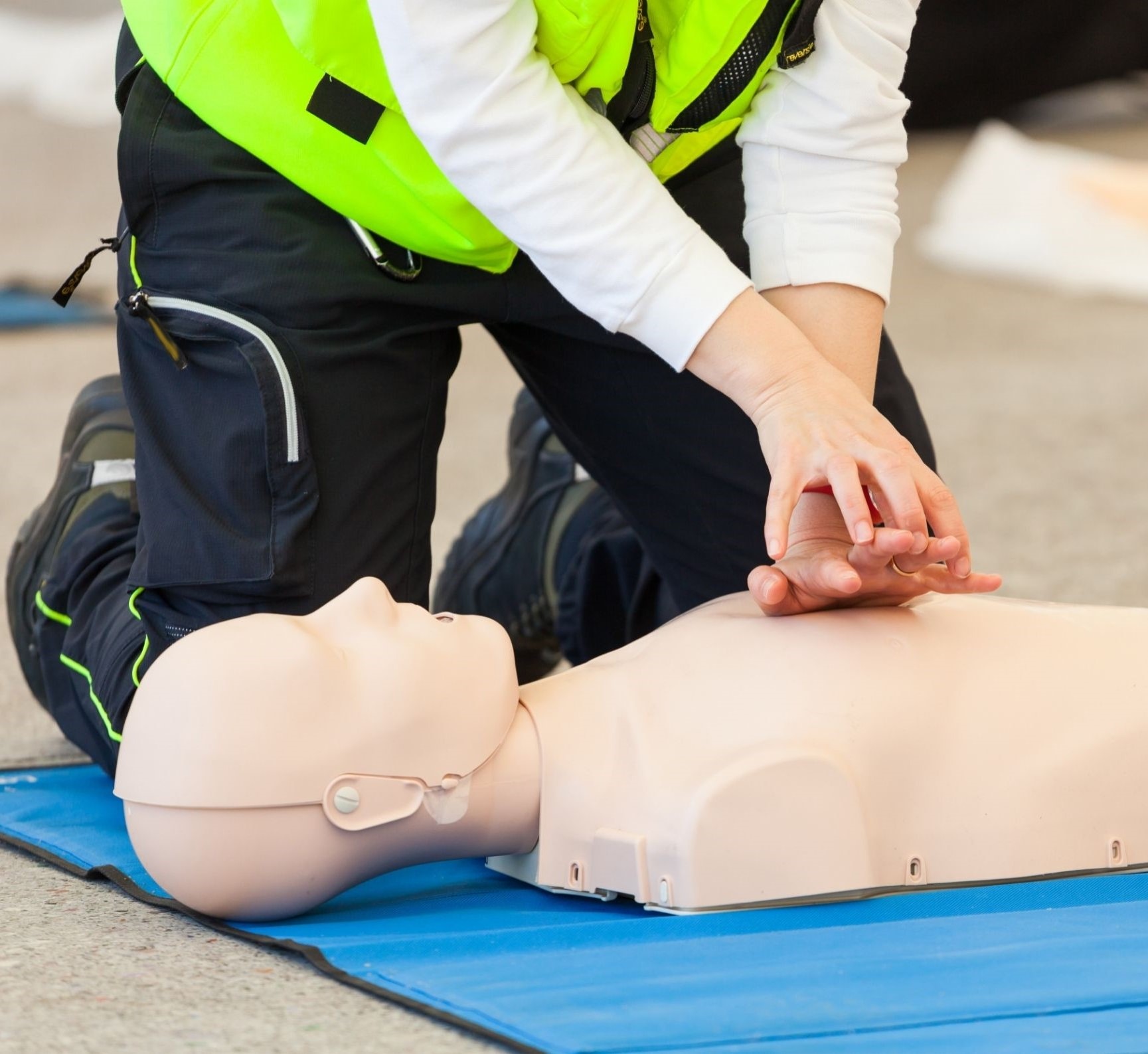Introduction
In our hectic world, emergency situations can strike without caution. Whether it's a small injury, a medical emergency, or a dangerous situation, understanding exactly how to provide first aid can make all the distinction. This is where a First Help course comes into play. Lots of people might question what they can acquire from such training, and this article aims to clarify that.
By joining in a First Help and CPR course, you don't just learn about wrapping wounds or performing mouth-to-mouth resuscitation; you furnish yourself with indispensable skills that can save lives. So, what exactly will you discover in a comprehensive program? Allow's dive into the details.

First Aid Basics: What You'll Find out in an Extensive Course
Understanding First Aid
What is First Aid?
First aid describes the first help provided to a person struggling with an injury or health problem until professional medical assistance gets here. It incorporates different strategies and abilities varying from easy wound like lifesaving strategies like CPR (Cardiopulmonary Resuscitation).
Importance of First Aid Training
Why Must You Take a First Aid Course?
Taking a First Aid course is important for a number of reasons:

- Confidence: Recognizing how to react in emergency situations can instill confidence. Life-Saving Skills: The capacity to do CPR or help with choking can save lives. Career Innovation: Many professions need certification in first aid. Community Responsibility: Being trained methods you can assist others effectively.
Overview of CPR
What is CPR?
CPR, or Cardiopulmonary Resuscitation, is an emergency treatment done when a person's heart beat or breathing has stopped. It integrates upper body compressions with rescue breaths to preserve blood flow and oxygenation till expert help arrives.
The Structure of a Comprehensive First Aid Course
What Does a First Aid Course Include?
A well-shaped First Help and mouth-to-mouth resuscitation course commonly covers the following subjects:
Introduction to First Aid Legal and Honest Considerations Scene Safety Basic Life Support (BLS) CPR Techniques Choking Relief Wound Treatment Management Burn Treatment Managing Shock Recognizing Clinical Emergencies Using an Automated External Defibrillator (AED)
Legal Facets of First Aid
Are There Legal Effects Associated With Providing First Aid?
Yes, offering emergency treatment does carry legal duties known as "Do-gooder regulations." These legislations secure people that help others in emergencies, provided their activities are reasonable and not reckless.

Scene Security: The Very First Step
How Do You Make sure Scene Safety?
Ensuring scene safety and security includes analyzing the atmosphere prior to coming close to the sufferer:
- Look for prospective threats (traffic, fire). Make certain it's safe for both you and the victim.
Basic Life Assistance (BLS)
What Function Does BLS Play in Emergency Situations?
Basic Life Support consists of the fundamentals of maintaining life functions until more medical assistance gets here. This section covers essential skills such as:
- Checking responsiveness Activating emergency situation services Performing top quality breast compressions
Advanced CPR Techniques
What Are Advanced Techniques Covered in CPR Courses?
Advanced techniques may consist of:
- Two-rescuer CPR Use of barrier devices for rescue breaths Special factors to consider for babies and youngsters
Choking Relief Techniques
How Do You Aid A Person That is Choking?
Choking relief includes 2 vital strategies:
The Heimlich maneuver for adults. Back strikes and upper body drives for infants.Wound Care Management
How Do You Properly Handle Wounds?
Effective injury monitoring involves:
- Cleaning the wound with saline or clean water. Applying antibiotic ointment. Covering it with clean and sterile dressings.
Burn Treatment
What Are Effective Approaches for Treating Burns?
Burn treatment differs by degree:
Cool the shed under running water. Cover it with non-stick dressings. Seek clinical attention for severe cases.Managing Shock
How Is Shock Acknowledged and Treated?
Recognizing shock consists of searching for symptoms like pale skin, quick pulse, or confusion:
Lay the person down. Elevate their legs unless there are injuries preventing this. Keep them calm till assistance arrives.Recognizing Clinical Emergencies
What Sorts of Medical Emergencies Need To You Realize Of?
Common clinical emergencies include:
- Heart assaults Stroke Severe allergies Recognizing these conditions aids you act quickly.
Using an Automated External Defibrillator (AED)
How Do You Make use of an AED Correctly?
Using an AED includes transforming it on, affixing pads according to images on the gadget, and complying with voice prompts carefully.
Importance of Constant Learning
Why Is Continuous Learning Important in First Aid Training?
Continuous learning ensures you remain updated on finest techniques and brand-new methods in emergency treatment care.
FAQs About Emergency treatment Courses
first aid certification near Canberra What Is Included in a Requirement First Aid Course?- A standard program typically covers fundamental life assistance, injury monitoring, choking relief strategies, and legal considerations.
- Most courses vary from 6 hours to 16 hours depending on the depth of material covered.
- Yes, upon effective conclusion of most training courses, participants get a first help certificate, which is usually legitimate for 2 years.
- Yes! Many companies provide online training courses that give adaptable discovering settings while still being effective.
- Absolutely! Hands-on practice is important for grasping abilities like chest compressions and making use of AEDs effectively.
- Generally, there are no age limitations; nonetheless, individuals need to be emotionally competent to learn these life-saving skills effectively.
Conclusion
Enrolling in a thorough first aid course furnishes people with important knowledge that can save lives during emergency situations-- whether in the house, job, or out in public rooms! From understanding fundamental life assistance treatments such as mouth-to-mouth resuscitation to finding out just how to take care of wounds appropriately or acknowledge indicators of shock-- these training courses give invaluable training that any individual can benefit from!
As we navigate with our every day lives full of changability-- what far better means than preparing ourselves through expertise acquired from structured training sessions focused on saving lives?
In final thought-- if you're pondering occupying any type of form of first-aid training-- never think twice! Furnish yourself today with these effective devices since preparedness truly makes all the distinction when every 2nd counts!